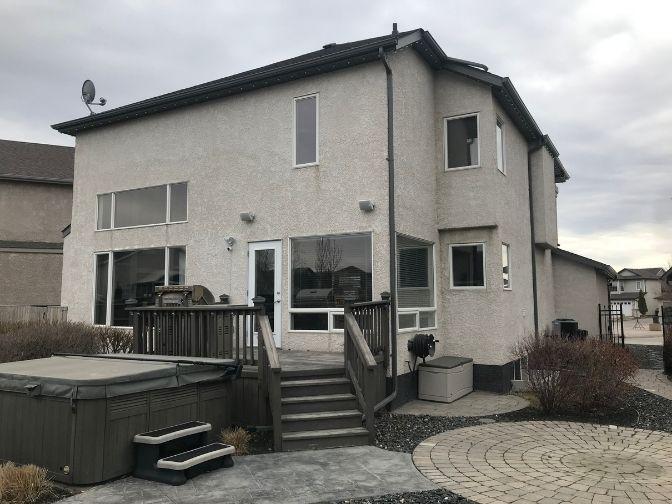29 Jul What Makes Paint Fade?

You spent months choosing the perfect colours for your walls, trim, and furniture. Once you finished painting, you put your feet up and pat yourself on the back.
But as the years go by, those colours aren’t what they used to be. They’ve lost their vibrancy and shine. Why does paint fade, and what can you do to preserve it? That’s what we’re going to dive into today:
Sunlight
We’ve seen how UV rays damage our skin—they burn it, wrinkle it, and discolour it. Now imagine what those rays can do to paint. Walls that are exposed to sunlight will peel, fade, and blister much more quickly than walls that aren’t.
What can you do to prevent this issue? You can’t exactly stop the sun from shining. If you’re concerned about fading, choose a colour that’s lighter so it will be less obvious. Fading is more apparent with bright colours like yellow, purple, and blue.
If you have curtains, consider drawing them closed during the day when the room is not in use.
Poor Quality
The bucket of discount paint at the hardware store is calling your name. Sure, it isn’t the exact colour you wanted, but it’s close enough, right?
Here’s the problem: thinner, cheaper paints are less durable. They won’t have as much resistance against elements that may cause fading. But a high-quality paint will be the right thickness. It will have more UV protection, resistance to fluctuating conditions, and strength against impact damage.
A Lack of Surface Preparation
You’ve started rolling paint on the walls when you suddenly remember that you forgot to prime them. Whoops! Should you stop what you’re doing?
If you want the paint to last, it’s worth taking the extra time to prep the surface properly. Otherwise, your walls will fade much sooner than you’d like.
A few things can interfere with your paint application. If any dirt is on the surface, it will prevent the paint from sticking. Cleaning it beforehand and using a primer can prevent this issue. Finally, finishing it with a top coat will seal in the colour and protect it from bumps and scrapes.
Fluctuating Temperatures & Humidity
Extreme temperatures on either end of the spectrum can cause paint to deteriorate. Is your HVAC system on the fritz? If so, the high heat or extreme cold can diminish the vibrancy of paint.
You might notice that in the bathroom, the paint is significantly duller than in other rooms. This is due to higher levels of humidity. To reduce moisture levels, you can ventilate the room by using a fan or by opening a window.
Time
None of us are immune to the ways that time affects us. Neither is paint. Even if your interior walls were painted by a professional, you can expect them to fade around the 10-year mark. Exterior paint will fade in half that time. There isn’t a whole lot you can do about this, other than scheduling paint touch-ups when needed.
Call a Professional Painting Company
What’s the best way to defend your paint against the elements? By scheduling professional Winnipeg painting services, of course!
An experienced painter will know what type of paint to use, which colours to choose, and how to apply the paint properly. Contact Pinnacle Painting today to request an estimate for your next project.
